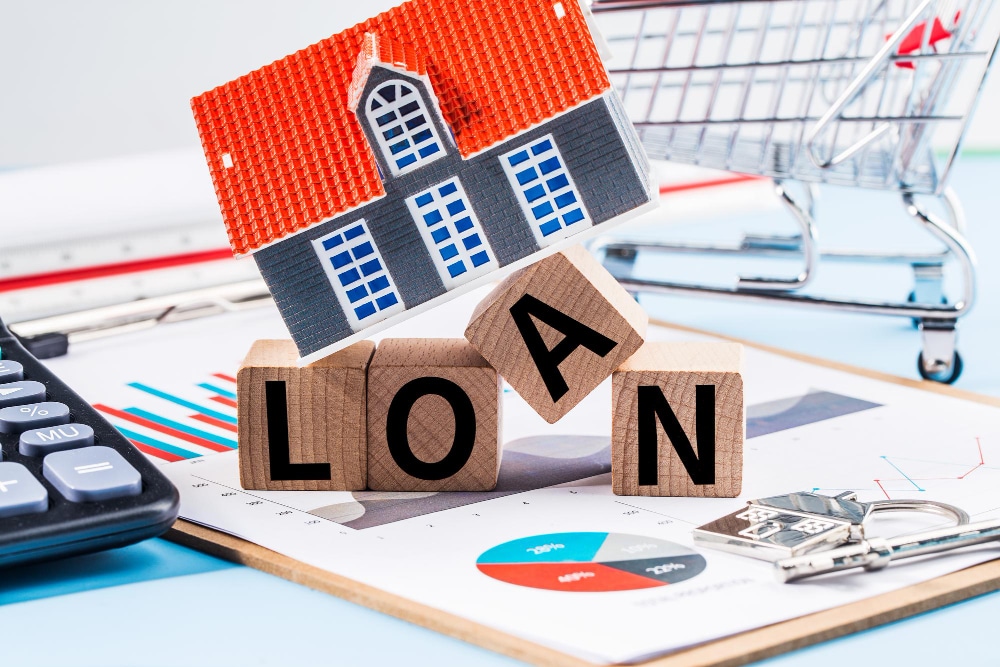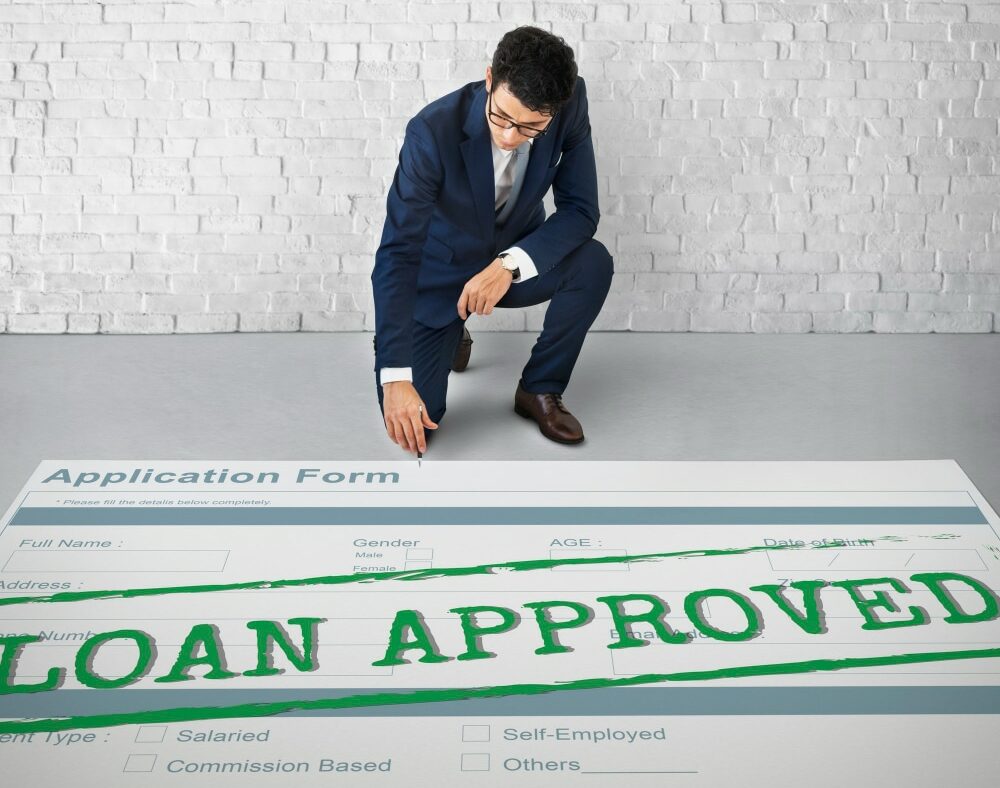
6 Key Benefits of FHA and USDA Government Loans for Remodeling in 2024
Improving your home can be an exciting journey, yet the financial aspect of remodeling projects often poses a challenge for many homeowners. This is where government loans for remodeling come into play, offering a beacon of hope for those looking to transform their homes without the heavy burden of traditional financing methods. Let’s have a detailed look:
Contents
- The Advantages of Government Loans for Remodeling
- Diving Deeper into FHA 203(k) Loans
- The Application Process for FHA 203(k) Loans:
- Exploring USDA Section 504 Loans
- Steps to Secure a USDA Loan:
- Maximizing the Potential of Your Government Loan for Remodeling
- Conclusion
- FAQ
- Q1: Can I get a government loan for remodeling if I just bought my house?
- Q2: Do I need perfect credit to qualify for these loans?
- Q3: Can I do the renovation work myself with a government loan?
- Q4: How long does it take to get approved for a government remodeling loan?
- Q5: Are there any restrictions on the types of projects I can do with a government remodeling loan?
The Advantages of Government Loans for Remodeling
Starting on home improvement projects requires significant financial planning. Government loans for remodeling are specifically designed to ease this financial strain, providing several key benefits:
Accessible Down Payments:
High initial costs can deter homeowners from starting their remodeling projects. Government loans for remodeling are a game-changer, offering low or even no down payment options. This remarkable feature enables homeowners to initiate their projects sooner, making the dream of a beautifully remodeled home a tangible reality without the need to amass a large sum of savings.
Competitive Interest Rates:
Traditional loans often come with higher interest rates, which can significantly increase the overall cost of home improvement projects. In contrast, government loans for remodeling offer the advantage of lower interest rates. This financial benefit means homeowners can enjoy lower monthly payments, allowing them to allocate more resources toward actualizing their vision for their home, rather than being bogged down by excessive interest charges.
Flexibility in Projects:
One of the most appealing aspects of government loans for remodeling is the wide range of projects they cover. Whether you’re looking to undertake necessary repairs, enhance your home’s energy efficiency, or simply give your living space a facelift, these loans provide the flexibility needed to pursue a variety of renovations. This means homeowners can make impactful changes that not only improve the aesthetics of their home but also its functionality and value.
Diving Deeper into FHA 203(k) Loans
The FHA 203(k) loan program stands out as a particularly advantageous option for homeowners seeking government loans for remodeling. It combines the purchase price of the home and the cost of renovations into a single mortgage, simplifying the financing process for extensive remodeling projects.
What Are FHA 203(k) Loans?
These loans are a unique offering from the Federal Housing Administration, designed to facilitate the purchase and subsequent renovation of a home. By allowing homeowners to borrow money for both the acquisition of a property and its renovation, FHA 203(k) loans eliminate the need for multiple loans, streamlining the process and reducing associated fees.
Eligibility Requirements:
To qualify for an FHA 203(k) loan, applicants must meet certain criteria. A good credit score is essential, as it demonstrates the borrower’s ability to manage debt responsibly. Additionally, the borrower’s debt-to-income ratio must fall within acceptable limits, ensuring they have the financial capacity to repay the loan. The property in question must also be eligible, being at least one year old and designed to accommodate one to four families.
The Application Process for FHA 203(k) Loans:
1. Finding a Lender:
The first step in securing an FHA 203(k) loan is to identify a lender that is approved to offer these loans. This involves researching lenders who specialize in government loans for remodeling and have experience with FHA 203(k) loans.
2. Obtaining a Proposal:
Once a lender is selected, the next step is to collaborate with a licensed contractor to develop a comprehensive proposal for the renovation work. This proposal should detail the scope of the project, including necessary repairs, improvements, and any upgrades, along with an accurate estimate of costs.
3. Applying for the Loan:
With the proposal in hand, the borrower then formally applies for the FHA 203(k) loan. The lender will assess the value of the property post-renovation, determining the loan amount based on the projected value of the home after the improvements are made.
4. Closing the Loan:
After the loan is approved, the closing process begins. Funds for the renovation are placed in escrow and are disbursed to the contractor in stages, based on the completion of predetermined milestones. This ensures that the renovation work progresses as planned and that funds are allocated appropriately throughout the project.
Exploring USDA Section 504 Loans
For homeowners in rural areas, USDA Section 504 loans present another viable option for government loans for remodeling. These loans are tailored to assist rural homeowners in making their homes safer, healthier, and more comfortable.
1. Purpose of USDA Section 504 Loans:
The primary goal of these loans is to support the repair and improvement of rural homes, focusing on projects that enhance the safety and health of the living environment. Whether it’s repairing a leaky roof, updating an outdated electrical system, or making accessibility improvements, USDA Section 504 loans provide the financial means to address a wide range of home renovation needs.
2. Qualifying for a USDA Loan:
Eligibility for a USDA Section 504 loan is determined by several factors. Applicants must reside in a rural area, as defined by the USDA, and their income must fall below 50% of the area median income. Additionally, applicants must demonstrate a lack of access to affordable credit from other sources. The property being renovated must serve as the applicant’s primary residence.
Steps to Secure a USDA Loan:
1. Consulting with a USDA Specialist:
The process begins with a consultation with a USDA home loan specialist. This initial discussion helps applicants understand their eligibility and the types of projects that can be funded through the program.
2. Application Submission:
After determining eligibility, applicants must complete and submit the necessary application forms, along with supporting documentation such as proof of income, property details, and a detailed plan for the proposed renovations.
3. Approval and Funding:
The USDA reviews the application and, if approved, provides the funds needed to commence the remodeling project. Like the FHA 203(k) program, the disbursement of funds may be structured in stages, ensuring that renovations are completed according to plan and within budget.
Maximizing the Potential of Your Government Loan for Remodeling
To fully leverage the benefits of government loans for remodeling, careful planning and strategic decision-making are essential:
1. Budgeting:
Collaborating closely with your contractor to devise a realistic budget is crucial. This ensures that your project remains within financial constraints and that you make the most of your government loan for remodeling. A well-planned budget accounts for both expected costs and potential contingencies, minimizing the risk of unexpected expenses.
2. Selecting the Right Contractors:
The success of your remodeling project heavily depends on the quality of workmanship. Therefore, choosing contractors with a proven track record and experience relevant to your specific renovation needs is vital. Look for contractors who are familiar with government loans for remodeling and understand the requirements and processes involved in these projects.
Securing approval for a government loan for remodeling can be a complex process, involving property inspections, appraisals, and compliance with specific guidelines. Patience and meticulous attention to detail are key to successfully navigating this process. Ensure that all documentation is complete and accurate, and be prepared for any additional information requests from the lender.
Conclusion
Government loans for remodeling offer a viable solution for homeowners seeking to improve their properties. With options like FHA 203(k) and USDA Section 504 loans, these financing avenues provide the support and flexibility needed to undertake a wide range of home improvement projects. By understanding the intricacies of these programs and preparing thoroughly for the application process, homeowners can successfully leverage government loans for remodeling to transform their living spaces. Whether you’re looking to enhance your home’s functionality, safety, or aesthetic appeal, government loans for remodeling can help turn your renovation dreams into reality.
As you consider starting on your next home improvement project, remember that preparation, research, and collaboration with experienced professionals are key to making the most of government loans for remodeling. If you have any questions about how to begin or wish to discuss your project ideas, we invite you to connect with us here! Share your visions, challenges, and questions, and let’s explore how government loans for remodeling can help you achieve your home renovation goals. All the best!
FAQ
Q1: Can I get a government loan for remodeling if I just bought my house?
A1: Yes, you can get a government loan for remodeling even if you just bought your house. The FHA 203(k) loan is designed to help homeowners finance both the purchase of a house and the cost of its renovations with a single loan, making it an excellent option for new homeowners.
Q2: Do I need perfect credit to qualify for these loans?
A2: While you don’t need perfect credit to qualify for government remodeling loans, having a good credit score will improve your chances. The FHA 203(k) loans, for example, require borrowers to have a good credit score to demonstrate their ability to repay the loan. However, the specific credit requirements can vary, so it’s worth checking the criteria of the loan you’re interested in.
Q3: Can I do the renovation work myself with a government loan?
A3: Generally, government loans for remodeling, like the FHA 203(k) loan, require that the renovation work be completed by a licensed contractor to ensure the work meets certain standards. However, some programs may have exceptions or flexibility in certain circumstances, so it’s important to discuss this with your lender.
Q4: How long does it take to get approved for a government remodeling loan?
A4: The approval time for a government remodeling loan can vary depending on the lender and the specifics of your project. It typically involves steps like property appraisal, proposal review, and credit checks. This process can take several weeks to a few months, so planning ahead is crucial.
Q5: Are there any restrictions on the types of projects I can do with a government remodeling loan?
A5: Yes, there are restrictions on the types of projects you can undertake with government remodeling loans. The projects generally need to improve the safety, functionality, or value of the home. This can include repairs, energy efficiency upgrades, and aesthetic improvements, but the specific allowable projects can vary by loan program. It’s important to consult with your lender to understand what types of projects are eligible under the loan you’re considering.


